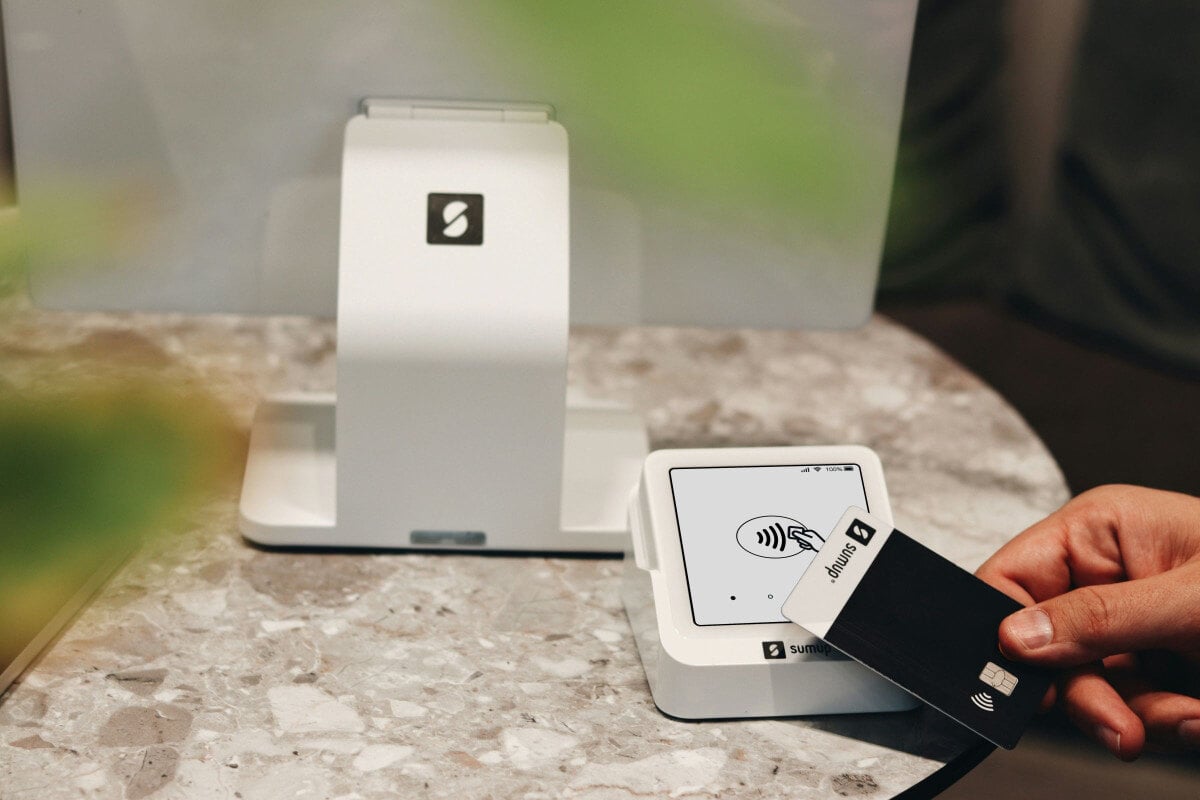10 min read
Choosing a Restaurant Payment System That's Powerful & Easy
You have to juggle a lot of moving parts to run a culinary business. Your restaurant payment system shouldn't add complexity. It should simplify...
6 min read

Choosing the right payment processing system is essential for optimizing your restaurant's operations and ensuring a smooth customer experience. To do this, start by identifying your must-have features, including:
Once you’ve shortlisted a few payment processing systems to look at, you can then compare them to see which is the best fit. Here are three points to consider:
Many business owners assume that the hard work is over once they’ve selected their payment processing system, but the setup is just as crucial. Even the most advanced, state-of-the-art solution won’t perform optimally without effective integration into your restaurant's operations. Here are five steps to take:
Since payment processing involves handling sensitive information, it’s essential to implement robust security measures to prevent fraud and data breaches. Here are a few proactive measures to take:
On top of that, you’ll need to adhere to compliance standards, such as the Payment Card Industry Data Security Standard (PCI DSS). The PCI DSS outlines specific requirements for securing payment data, and it aims to protect cardholder data from theft and fraud across different industries. To ensure that your payment processing setup meets these standards, follow these steps:
Payment processing comes with its fair share of challenges. Here are some typical problems restaurants face with payment processing along with solutions:
|
Problem |
Solution |
|
Declined transactions due to insufficient funds, expired cards, or network connectivity issues. |
Train staff to communicate effectively with customers about declined transactions. Encourage customers to check their card details and offer alternative payment options, such as cash or mobile payments. |
|
Hardware issues with payment terminals, such as malfunctioning card readers or printers that may not print receipts properly. |
Schedule periodic checks of all payment processing hardware to ensure everything is functioning properly. Clean card readers and replace any damaged components promptly to avoid malfunctions. |
|
Network connectivity problems, leading to delays or failures in processing payments. |
Invest in a robust internet service plan and corresponding hardware for strong daily connectivity. Create a backup plan too, such as a mobile hotspot, to quickly re-acquire connectivity in the event of unforeseen scenarios. |
|
Transaction limits which cause issues with larger payments. |
Familiarize yourself with your payment processor's transaction limits and communicate these to staff. Consider negotiating higher limits if your restaurant frequently processes large payments. |
|
Bugs or compatibility issues between the payment processing system and other systems, which cause transactions to fail or process incorrectly. |
Regularly update your payment processing software to ensure you have the latest features and security patches. This can also prevent software glitches that may disrupt transactions. |
How do modern payment processing systems differ from older legacy systems? Unlike their predecessors, modern systems offer features like mobile payments, contactless transactions, online orders, and loyalty program integrations that significantly improve the customer experience.
With a modern payment processing system, you can accept mobile payments such as Apple Pay and Google Pay, implement online ordering at your restaurant, and integrate loyalty programs to reward repeat customers. Additionally, you’ll also have access to real-time analytics, which you can use to make informed decisions about menu offerings and promotional strategies.
Case in point: After Smashburger launched a loyalty program that provided a personalized experience for its members, the brand experienced a 20% increase in spending, translating to $1.9 million in incremental sales. By sending targeted offers based on customers' past purchase behavior, they were able to effectively drive engagement and revenue.
We know what payment processing systems can do today. But what about the next generation of payment processing systems?
Cutting-edge technologies include blockchain, which offers secure and transparent transactions that can reduce fraud, and AI-enhanced security, which uses machine learning to detect and prevent fraudulent activities in real time. Additionally, advancements in biometric payment methods, such as fingerprint and facial recognition, promise to streamline transactions while increasing security.
As a restauranteur, your job is to stay informed about emerging technologies and adapt to changing consumer preferences. Regularly evaluate new features and updates from your payment processor and be open to feedback from your staff and customers. By being proactive, you can stay ahead of the curve and ensure that you’re offering your customers the best experiences.
We get it—it's tough to embrace new technology, especially in the restaurant environment where daily operations are fast-paced and demands have never been higher.
With busy shifts and the pressure to provide exceptional service, adopting new payment processing systems can feel overwhelming. However, making the change is crucial for staying competitive and meeting the evolving expectations of your customers.
If you’re in the market for a new payment processing system, start by making a list of your must-have features, such as fast transaction speed, reliability, robust data encryption, and cross-platform compatibility. Once you’ve shortlisted a couple of options, compare them based on their processing fees, customer service, and user reviews, and go from there.
Want to learn more about how to maximize your payment processing system to increase customer loyalty and drive more sales? Book a demo now!